2018 University of Utah Talks
Schedule
(1) Speaker: Prof. G. Schuster.
Title: CSIM Overview
Day/Time: Nov 20/14:10-14:20
(2) Speaker: Shihang Feng
Title: Basalt Boundary and Rock Crack Detection Using Convolution Neural Network
Day/Time: Nov 20/14:20-14:45
(3) Speaker: Kai Lu
Title: Auto-windowed Super-virtual Iinterferometry via Machine Learning Methods: A Strategy of First Break Automatic Picking for Noisy Seismic Data.
Day/Time: Nov 20/14:45-15:10
(4) Speaker: Dr. Yunsong Huang
Title: Overview of Geophysical Research at Los ALamos National Lab
Day/Time: Nov 20/15:10-15:35
(5) Speaker: Zhaolun Liu
Title: Convolutional Sparse Coding for Noise Attenuation of Seismic Data
Day/Time: Nov 20/15:35-16:00
(6) Speaker: Yuqing Chen
Title: Reduce Migration Artifacts by Support Vector Machine
Day/Time: Nov 20/16:00-16:25
Speaker: Shihang Feng
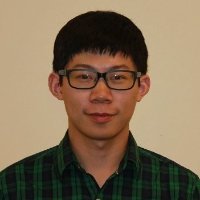
Introduction:
Shihang received his BSc in Geophysics from the China University of Petroleum in 2012. In addition, he also completed his MSc in 2014 focusing on electromagnetic inversion in University of Utah. Currently, he is pursuing his PhD. degree in CSIM. His research interests include machine learning, anisotropic seismic inversion and seismic imaging.
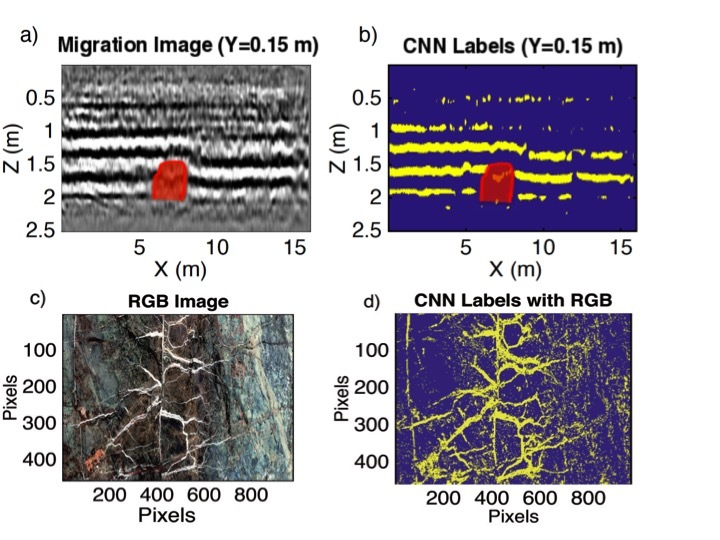
Figure: a) Migration image with GPR data and b) its CNN labels. c) RGB image of the rock cracks and d) its CNN labels.
- Resume : Shihang-cv.pdf
- Paper 1 : shihang_paper_1.pdf
- Paper 2 : shihang_paper_2.pdf
- Paper 3 : shihang_paper_3.pdf
Speaker: Kai Lu
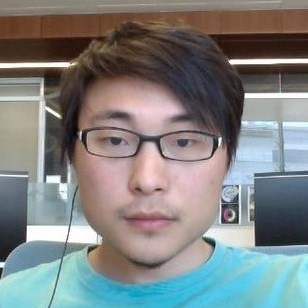
Kai received his BS degree in geophysics from University of Science and Technology of China in 2012, and his MS degree in geophysics from KAUST in 2013. He is now pursuing his PhD. degree in KAUST, and will graduate expected in the spring of 2019. His research interests include seismic interferometry, seismic data acquisition and processing and machine learning application to seismic data.
Title and Punchline: Auto-windowed super-virtual interferometry via machine learning methods: a strategy of first break automatic picking for noisy seismic data

Figure: (a) The observed seismic data, (b) CNN classified result, (c) DBSCAN classified result, (d) first-arrival window predicted by CNN and (e) DBSCAN, respectively.
- Resume : Kailu_CV.pdf
- Paper 1 :Kai_Lu_paper1.pdf
- Paper 2 :Kai_Lu_paper2.pdf
- Paper 3 :Kai_Lu_paper3.pdf
Speaker: Dr. Yunsong Huang
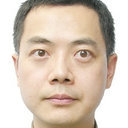
Yunsong works for Los Alamos National Laboratory as a postdoctoral research associate. He obtained a PhD in Geophysics (KAUST, 2013), an MS in Electrical Engineering (University of Southern California, 1998), and a BS in Physics (University of Science and Technology of China, 1994). His research interests include machine learning, image processing, and seismic imaging.
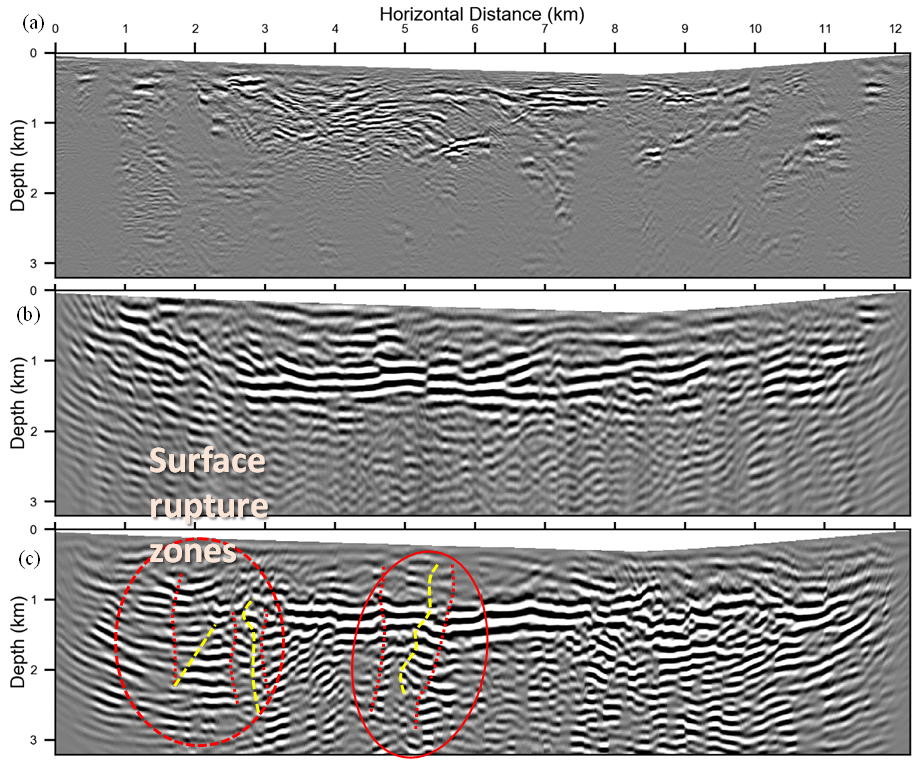
- Resume : Yunsong_CV.pdf
- Paper 1 : yunsong_paper1.pdf
- Paper 2 :Yunsong_paper2.pdf
- Paper 3 :Yunsong_paper3.pdf
Speaker: Zhaolun Liu
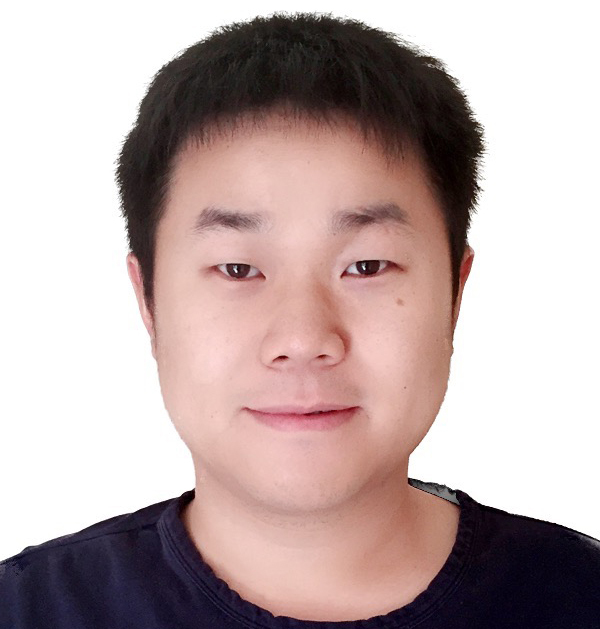
Zhaolun Liu is a PhD student at the center for subsurface imaging and fluid modeling (CSIM) of KAUST. His research interests lie in the application of machine learning to seismic data processing and migration and 3D surface wave inversion and migration. He has spent time at TOTAL and Los Alamos National Laboratory for an internship. He did his bachelor and master at the Ocean University of China.

Figure: a) Raw data contaminated with noise, b) its denoised result by CSC, and c) the residual; d) reflections contaminated with surface waves, e) separated reflections by CSC, and f) the residual.
- Resume : Zhaolun_CV.pdf
- Paper 1 : Zhaolun_paper_1.pdf
- Paper 2 : Zhaolun_paper_2.pdf
- Paper 3 : Zhaolun_paper_3.pdf
Speaker: Yuqing Chen

Yuqing Chen received his BS degree in geophysics from China University of Petroleum (East China) in 2012, and his MS degree in geophysics from China University of Petroleum (Beijing) in 2015. He is now pursuing his PhD. degree in KAUST, and will graduate expected in the spring of 2019. His research interests include seismic imaging, seismic inversion, seismic atteunation and machine learning application to seismic data.

Figure: (a) Migration image with artifacts and (b) image after de-artifacts using support vector machine.
- Resume : Yuqing_CV.pdf
- Paper 1 : yuqing_paper_1.pdf
- Paper 2 : yuqing_paper_2.pdf
- Paper 3 : yuqing_paper_3.pdf

Kai and Yuqing got best oral presentation in Beijing SEG AI workshop.